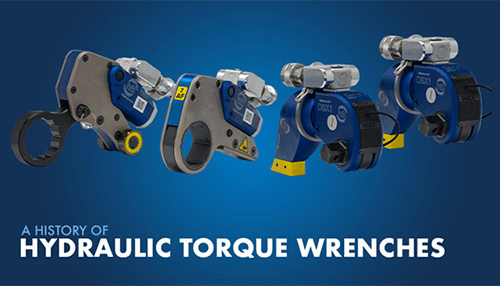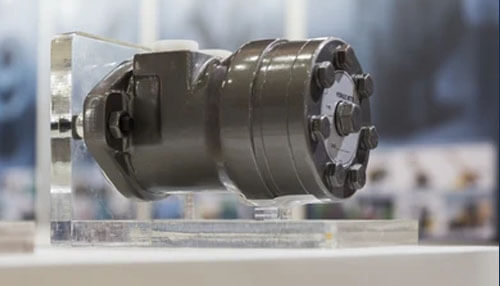This article is all about hydraulic torque wrenches. You will know all the past things related to hydraulic torque wrenches. i.e., What are hydraulic torque wrenches? What time was it first conceptualized? And who had invented hydraulic torque wrenches? Let’s discuss all the things in detail.
When Were Hydraulic Torque Wrenches Conceptualized?
In early 1960, hydraulic torque wrenches got conceptualized, and later in 1968, they were invented by George Sturdevant. The manufacturers of the tool were providing the new things in the technology for the best use. All the engineers started their research and read all the materials that explained the bolted devices, resulting in the measuring improvements.
Things that were before the low-profile torque wrench:
When we talk about the time before 1960, there were no hydraulic torque wrenches. In 1918, the New York City employee working in the Water Department had first invented the first torque limit tool. He has created such torque after getting frustrated with the water leakage from the bolts.
Hydraulic Torque Wrenches:
There are many things that you must know about hydraulic torque wrenches. It was 13 years ago when John H. Sharp pointed out the first-ever patent of hydraulic torque wrenches. It is a tool that gives feedback when the operator of this has the required torque.
The earliest old-fashioned hydraulic wrenches were bulky due to their exposed gears and moving parts. The earliest tool was designed with the help of two anchors. These are very slow and heavy, which needs adjustment with each application further, which takes more time for the work.
How Can One Work With Hydraulic Torque Wrenches In Earlier Times?
In earlier times, the low-profile torque wrench worked with the labor-intensive technique. The work gets accomplished when the labor pushes the button on the pump, extending the piston and turning the nut to 30 degrees. The one working can pull it on the pump control, which retracts the piston back. And this process continues till the time when flange connection gets completed. It is a must that one who performs the work can take care of his body parts.
Working With Hydraulic Torque Wrenches At Present:
When we look back at the working of hydraulic torque wrenches, it uses only the labor-intensive technique. But now, many technologies have been developed to work hydraulic torque wrenches. Industrial bolting is one of the best ways to become more thoughtful. There are many benefits of it. Like
-
- Smaller dimensions
- Light in weight
- And the sufficiency to run the various tools with a single pump.
These all are the ways of advanced technology that ensure work efficiency. With advanced technology, the worker can quickly prove that he is doing good work.
These are some of the ways to become some of the safety methods. It reduces the injuries to the labor and gets them more focused on productivity. These wrenches are used to quickly tackle the most demanding bolding jobs in today’s time. With the technology, the operator has only to press a single activation button to operate this tool. And the process of tightening bolts also has improved in a better manner.
What Types of Hydraulic Torque Wrench, And How Does It Work?
There are two types of low-profile torque wrenches. The one is low profile, and the other is square drive. These both are designed specifically for their work.
Well, torque is a product that is applied to the bolt, and from a distance, it gets back twisted to the tool. The length of the tool is measured in Newton meters and pound feet. Due to this operation, these tools are separated from the other powered wrenches. Look at some of the points below:
1. The hydraulic torque wrenches have a self-ratcheting mechanism.
2. These wrenches include a particular system that helps in the measurement of the torque that has been applied to the precision.
3. Such wrenches produce torque with the help of hydraulic pressure.
Working of Hydraulic Torque Wrenches:
Below are some steps that can define the working of hydraulic torque wrenches. Let’s see the below points:
1. There is an opposite and equal reactive force when the wrench is applied to a bolt.
2. The bolted components can work in the same direction when the clamping force of the bolted components works in the opposite direction.
3. The torque of the joint increases, whereas the common gives the way to fasten and loosen the bolt. The reduction and fastening of the bolt depends on the type, size, quality, and length of the lubricant used in it.
5. These wrenches also design the width and height of the joints according to the respective nuts. With the help of this, it can offer the free and easy movement of the near parts.
6. With the help of a hydraulic tensioning device, the force is applied to the hydraulic bolt.
7. One can measure the tension in kN.
Conclusion:
Hydraulic torque wrenches are the earliest tools. These are the tools that can do most of its work. And now they are developing with the new techniques.



